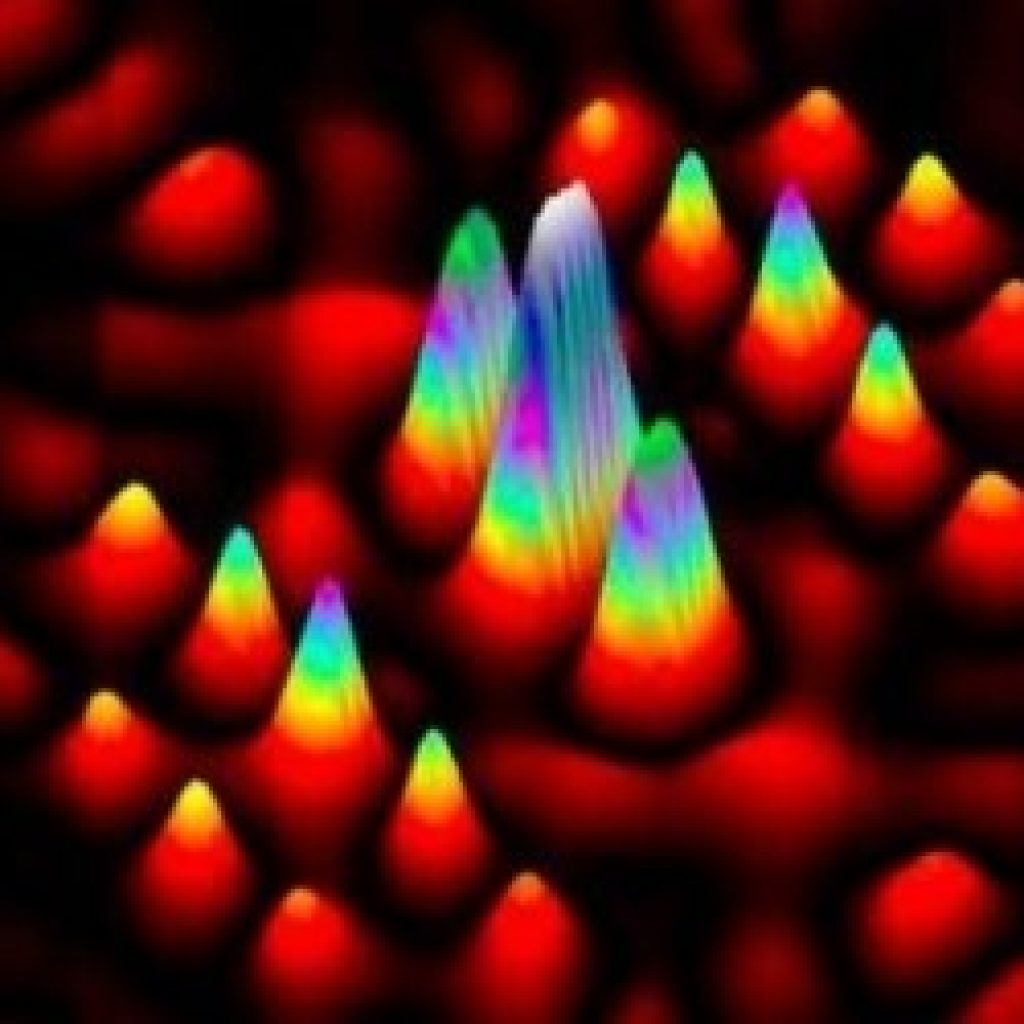(Phys.org) Qubits in silicon are highly promising and are one of the front-runner candidates for the design and implementation of a large-scale quantum computer architecture. One way to implement large-scale quantum computer architecture in silicon is by placing individual phosphorus atoms on a two-dimensional grid. The single and two qubit logical operations are controlled by a grid of nanoelectronic wires, bearing some resemblance to classical logic gates for conventional microelectronic circuits. However, key to this scheme is ultra-precise placement of phosphorus atoms on the silicon grid.
Dr Muhammad Usman and Professor Lloyd Hollenberg, University of Melbourne worked with the Center for Quantum Computation & Communication Technology researchers at the University of New South Wales, to develop a technique that could pinpoint exact locations of phosphorus atoms in silicon. The technique, reported in Nature Nanotechnology, was the first to use computed scanning tunneling microscope (STM) images of phosphorus atom wave functions to pinpoint their spatial locations in silicon.
The technique worked very well at the individual qubit level. However, the next big challenge was to build a framework that could perform this exact atom spatial pinpointing with high speed and minimal human interaction coping with the requirements of a universal fault tolerant quantum computer.
Machine learning is an emerging area of research which is revolutionizing almost every field of research, from medical science to image processing, robotics, and material design. This technique also has the potential to scale up for qubits consisting of more than one phosphorus atoms, where the number of possible image configurations would exponentially increase. However, machine learning-based framework could readily include any number of possible configurations.
Machine Learning to Scale up the Quantum Computer
